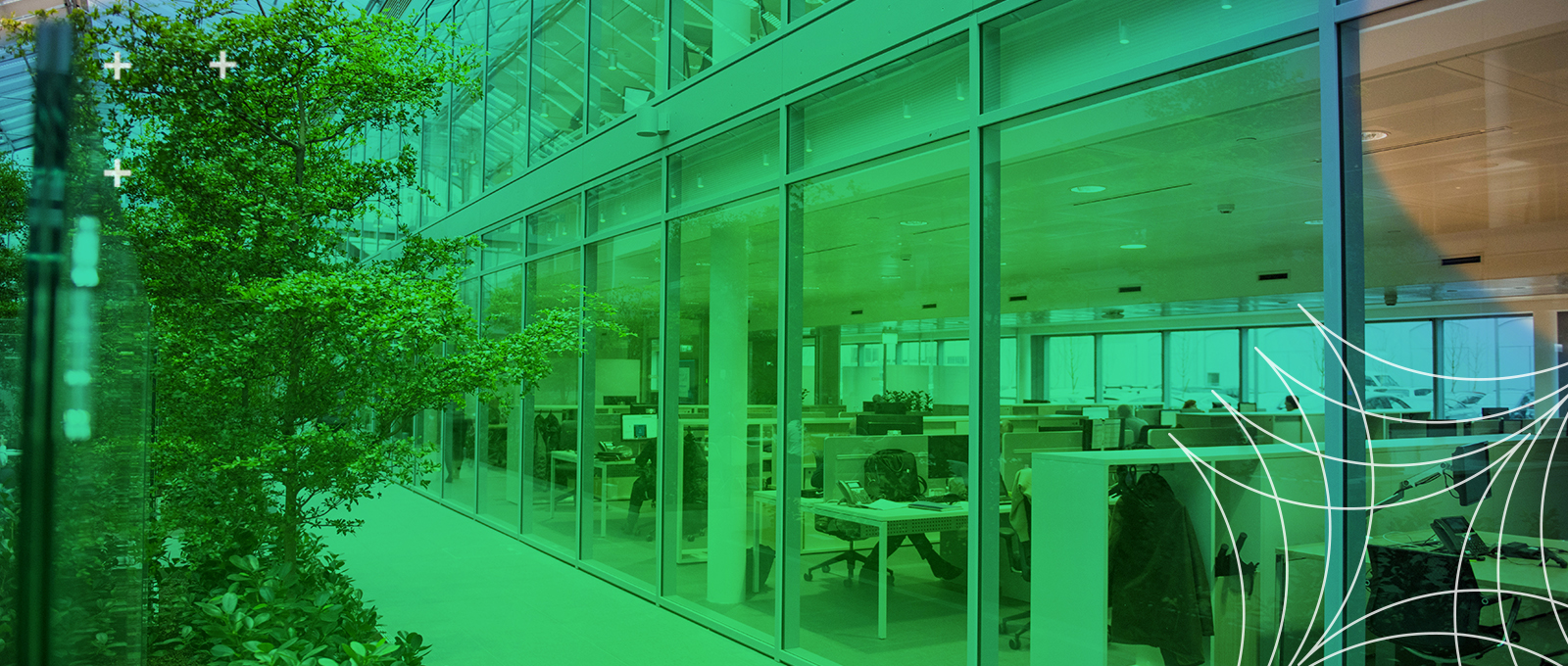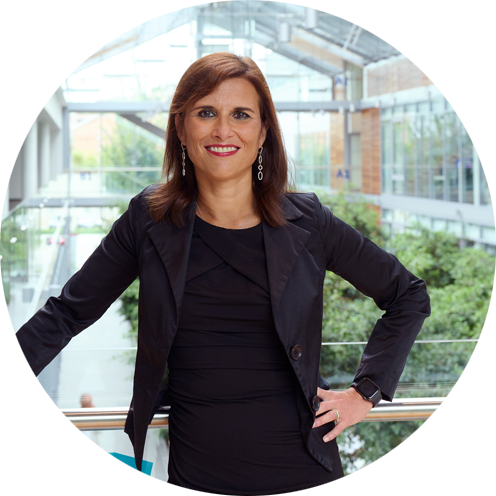Sustain to Lead, Prysmian Group’s strategy on sustainability, relies on four pillars, extremely interconnected among each-other: Environmental, Social, Innovation and Governance. In particular, the latter oversees all the other dimensions to guarantee the highest level of transparency and rigor.
The Environmental Dimension
Prysmian Group is extremely committed to sustainability matters, and – as stated above - it has been the first cable maker to receive the Science Based Target initiative validation for its climate change ambition in 2021.
This year, Prysmian wants to drive the industry even forward, which is why it upgraded its sustainability targets. The Group is fully committed to:
- achieving 90% decarbonization of Scope 1 and 2 emissions by 2035, in line with the 1.5 degree trajectory;
The Group is perfectly on target to be -47% by 2030, and is actually ahead of schedule, since it was already at -28% at the end of 2022.
The innovation approach that characterizes the Company has surely contributed to these results, together with the fact that the Group has been able to remove the SF6 gas - a very bad gas that is emitted during the testing phase of the underground high voltage cable – from its operations.
And, in order to make sure the Company meets the targets set, 100 milion euros of Capex are being devoted to the decarbonization process and the overall circularity principles across the entire value chain.
TARGET:
- achieving Net Zero, so decarbonizing 90% of Scope 3 by 2050 in line with the well below 2 degree trajectory.
But the Group’s environmental responsibility goes beyond its footprint, i.e. beyond scope 1 and scope 2: an important part of the Climate Change commitment includes helping the customers to decarbonize their operations. This is part of Scope 3. In order to do so, Prysmian Group has launched its innovative “Design for Sustainability” initiative, which is focused on developing new thinner, lighter, faster, and greener products with a higher value in terms of sustainability. This neatly complements the already existing “Design to Performance” program, to make sure the Group provides the best performing and most sustainable products to its customers.
The new ambitious sustainability targets set by the Group call for it to go beyond Scope 1, 2 and 3, tackling Scope 4: the avoided emissions. While Scope 1, 2 and 3 are related to the carbon footprint and the focus is on reducing it, Scope 4 refers to the avoided emissions that can in principle be avoided through innovation but whose impact goes beyond the value chain and beyond the life cycle of the products.
To tackle scope 4, Prysmian Group offers solutions to avoid emissions while preserving the planet resources. To provide a few examples:
- The E3X robot enables the upgrade of existing lines, reducing the need to install new transmission lines.
- Sirocco Extreme reduces the environmental footprint of optical networks, avoiding emissions thanks to reduced excavation works, leading to less soil being removed and processed.
- Alesea enables the Group to reduce emissions across the supply chain for big renewable projects, keeping cables waste and scrap at minimum, thanks to real-time information on cable drum location, drum use and the amount of cable available.
- PryID creates a digital twin for quick verification and accurate product mapping, allowing the Group to reduce the movements of workers and materials.
- The All-Ground, mainly for medium voltage cable, solution can be directly buried with trenches that are less deep and wide, avoiding transportation of sand or special materials.
- Moreover, a majority of grid failures are in the cable connections. To address this topic, Prysmian has introduced Elaspeed-S, a sensorized network component that has voltage and partial discharge detection to reduce emissions from manual interventions for maintenance.
- Finally, the Group is developing Megawatt Charging/Fast Charging solutions for electric vehicles, that would reduce the utilization of broad fossil fuels.
These innovative products - designed through the collaboration with customers, the world's leading universities, think tanks and industrial partners – can pave the way for industry decarbonization through Scope 3 and, more broadly, through Scope 4.






